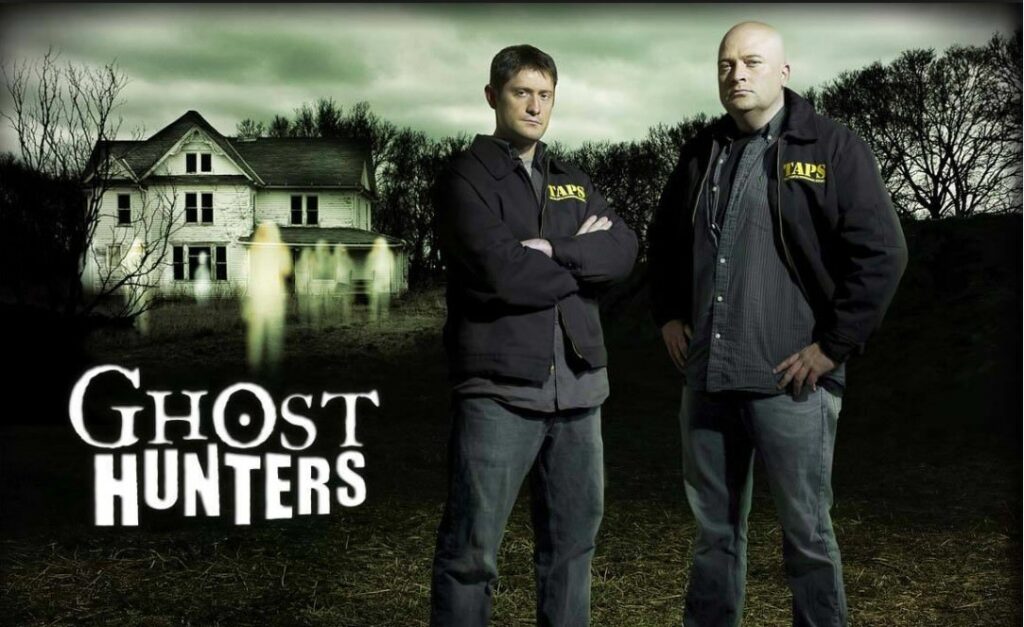As captioners, we listen to people talking all day, and it’s our job to figure out how to translate that into written text. Everyone has shows they like and dislike, but some programs are simply easier to caption than others. The qualities that make for low-stress captioning tend to be the same qualities that improve everyday conversations and interactions, and make for better TV viewing as well…
1. Speak slowly.
 In general, the goal of speaking is to be heard and understood by another party. This is most efficiently accomplished by giving your listeners time to comprehend what you’re saying, rather than dumping a waterfall of information on their heads with no time to come up for breath. When captions have more time to stay onscreen, they’re more likely to be read and then comprehended. I work in the pre-recorded captioning department, so I can’t imagine how stressful a fast speaker is for a live captioner. They’re superheroes with stenography machines, but I’d imagine they still appreciate measured speech that they can caption more accurately. I know I do!
In general, the goal of speaking is to be heard and understood by another party. This is most efficiently accomplished by giving your listeners time to comprehend what you’re saying, rather than dumping a waterfall of information on their heads with no time to come up for breath. When captions have more time to stay onscreen, they’re more likely to be read and then comprehended. I work in the pre-recorded captioning department, so I can’t imagine how stressful a fast speaker is for a live captioner. They’re superheroes with stenography machines, but I’d imagine they still appreciate measured speech that they can caption more accurately. I know I do!
2. If someone else is talking, listen.
Interrupting is okay in a select number of situations. Is there a fire? Please alert everyone immediately. Tornado? Cut off your uncle’s nostalgic story and let him finish in the basement. Cute pupper in the vicinity? Do a quick mental inventory of how much your friend likes dogs and inform him accordingly. Just thought of something, but someone else is, in fact, currently speaking? Hold that thought and don’t let the middle of their sentence interrupt the beginning of yours. They will be able to hear you better when their words are out of the way. Even if you think what you have to say is more important, they were there first; you wouldn’t interrupt someone else’s parking space with your own car.
Captioners have limited space to create captions — 32 characters per line, three lines per caption, max — and viewers can only read so many words per second, so if you speak over someone, you have to accept that you’re much less likely to be heard and understood. We try our best to be both verbatim and readable, but that’s almost impossible when people insist on talking over one another. We want everybody to be heard and understood, so give your words the space they deserve and don’t just add them in on top of someone else’s.
3. Think before you speak.
When you take a moment to consider what to say before saying it, you seem more engaged in the conversation. And for a captioner, we prefer a coherent sentence to one where — in which the speaker might be — is still deciding what, um, exactly to say, or changes his mind in the middle of…. Anyway, we’ll caption whatever you give us, but it isn’t always easy to read and understand.
4. Talk less in general.
Actions speak louder than words, and also don’t need to be captioned, unless you’re doing them off-screen and they make a noise. Then you get a sound effect.
5. Use good grammar, words people can recognize or look up online, or else just explain what you’re saying.
English, like any language, always is evolving. I actually find it exciting to caption something I’ve never heard before if I’m able to research and confirm that I’m captioning it correctly (shout-out to Urban Dictionary). But I feel uneasy if I have to guess what’s being said or use a [Speaking indistinctly] sound effect, because then viewers might be missing out. It’s not a captioner’s goal to hinder the introduction of new words and usages, but accurately to convey what you’re trying to say to the deaf and hard-of-hearing (DHOH) community. Speaking of DHOH…
6. Define acronyms and technical terms.
Each field has its own individual vocabulary. Even if your audience is coworkers at the same company, some haven’t been there very long and may not recognize that when you say “tayf-seu,” what you really mean is TAFESOO, The Academy For Exploring Something Or Other ™ © (does not exist). And viewers are even less likely to know whether something is a weird word specific to your business or actually a set of letters that represent some other set of words. It only takes a few extra seconds to explain what you’re referencing the first time or two you mention it, and then your audience knows exactly what you’re talking about.
7. Name that sound.
 Ghost hunting or not, you’re more likely to get a useful answer to, “Did you hear that knock/clunk/scream?” than if all you say is, “What was that?” How is your fellow paranormal investigator supposed to know what they’re listening for? A general “Did you hear that?” usually signals a captioner to pause the video, rewind, and turn up the volume in our headphones to hear what noise we might have missed. Sometimes, we don’t even add in a sound effect beforehand because we don’t hear anything, and then the “What was that?” guy looks kind of silly. But if he said that he heard footsteps, then we’re more likely to catch some sort of quiet clicking noise and validate his statement with a sound effect.
Ghost hunting or not, you’re more likely to get a useful answer to, “Did you hear that knock/clunk/scream?” than if all you say is, “What was that?” How is your fellow paranormal investigator supposed to know what they’re listening for? A general “Did you hear that?” usually signals a captioner to pause the video, rewind, and turn up the volume in our headphones to hear what noise we might have missed. Sometimes, we don’t even add in a sound effect beforehand because we don’t hear anything, and then the “What was that?” guy looks kind of silly. But if he said that he heard footsteps, then we’re more likely to catch some sort of quiet clicking noise and validate his statement with a sound effect.
8. Make sure visual aids work for you, not against you.
In captioning, the general term for these is “graphics.” Personally, I love a name graphic, because then I know whether to caption Marc or Mark. But graphics also cause us problems, because we have to move our captions around to avoid covering them, while also not covering faces or action.
9. Same goes for music.
Misheard lyrics are a thing both inside and outside the captioning world. I would think musicians and producers would want viewers to be able to look up their music online and download/buy it if they liked it. So why not ensure that the lyrics are clearly audible in the song itself and then still audible after it’s integrated into a show? We don’t really think you’re singing, “Sit on the rhino,” but we literally can’t hear anything else, so it’s either that or [Singing indistinctly], and neither does you much good.
10. When in doubt, include puppies/kittens/sloths/something cute.





